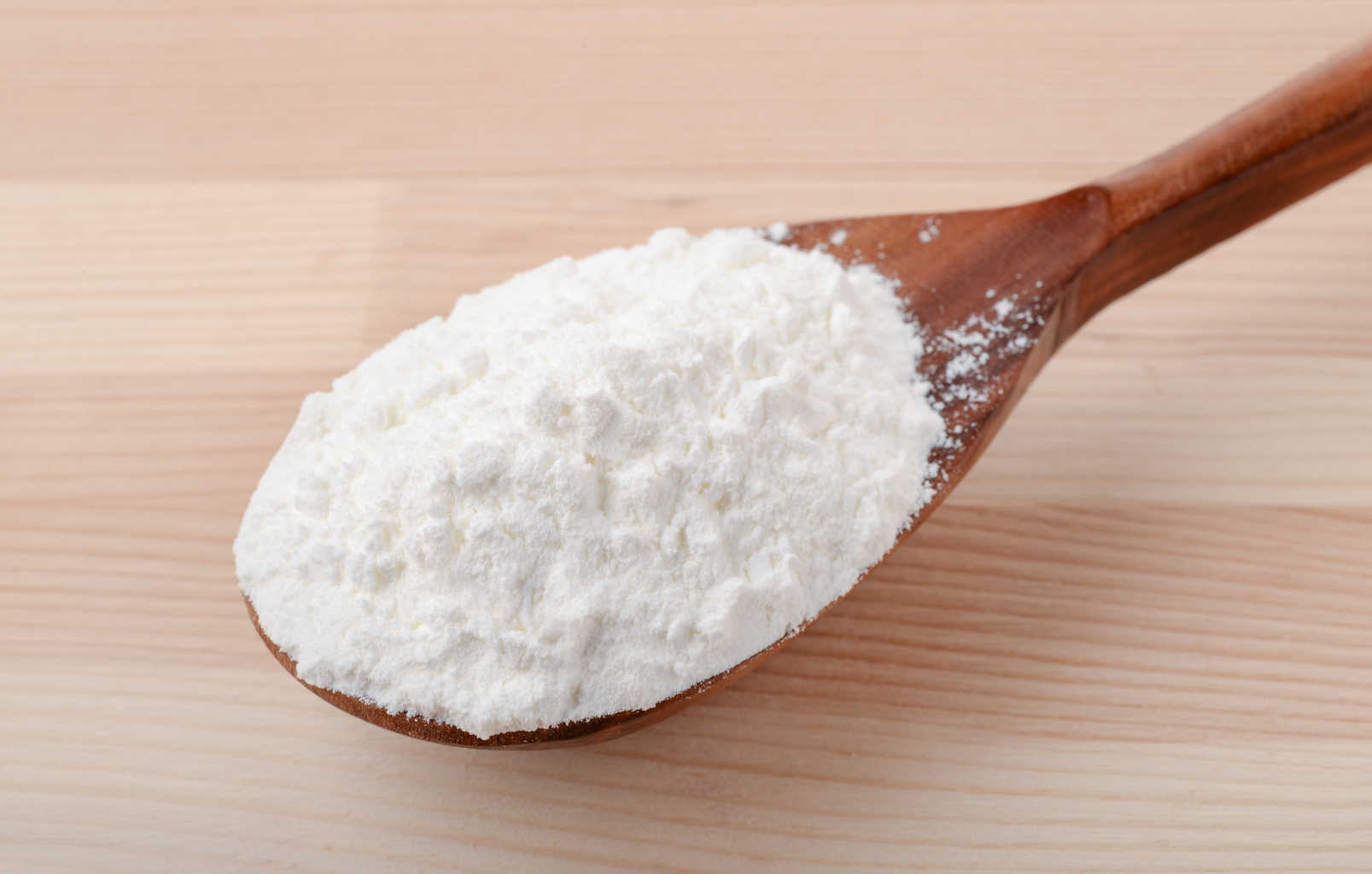
[cmamad id=”10589″ align=”center” tabid=”display-desktop” mobid=”display-desktop” stg=””]
Everyone knows that the body absorbs sugars and fats from food.
This absorption occurs through a process called micropinocytosis.
Micropinocytosis is the process where cells in the intestines “drink” food molecules.
Only very small molecules can be absorbed into the cell this way.
For larger molecules, cells use a process called persorption to extract the nutrients.
The cells sort of “embrace” the larger molecule into the space between cells.
It’s like how a sponge absorbs water between its membranes.
Hirsch first described this sponge-like absorption process in 1906.
But it was Gerhard Volkheimer’s 1974 article that brought it attention.

Volkheimer fed rats, rabbits, chickens, guinea pigs, dogs, and pigs raw starch.

He drew blood at regular intervals from different veins to test how things travel in the blood.
He used the portal vein, which is the vein ascending from the colon.
And he used the mesenteric vein, which is the vein descending from the colon.
Volkheimer even took lymph, which is another route to the general circulation.
He was able to demonstrate that particles up to 150μm were persorbed into the circulation.
[cmamad id=”10590″ align=”center” tabid=”display-desktop” mobid=”display-desktop” stg=””]
And he even showed that the higher concentrations came from the intestinal (mesenteric) vein.
The passage of orally administered particles into the cerebrospinal fluid was observed in both animals and in human subjects.
This is only starch and will break down over time for energy, but this is potentially dangerous nonetheless.

These particles can block tiny capillaries and cut off the blood supply.
The lost blood supply caused cells downstream to die from hypoxia.
In pigs, dogs, chickens, and rats fed with particles, we found individual particles as microemboli in the lumen of the smallest vessels a long time later.
Microemboli are small blood clots in the smallest blood vessels.
Just one year later, B. J. Freedman published a short article on this phenomenon.

He hypothesized that the clogged micro-capillaries could kill neurons and cause dementia.
He recounts the small embolisms of the tiny capillaries found in the Volkheimer study.
Initially,the starch granule emboli were surrounded by cellular infiltrate. Later, there were foci of cerebral softening followed by ‘micronecroses’ and scarring.
This seems plausible to me.
But what is important to keep in mind is that only dry starch can do this.
When starch is cooked above 140°F in water, things happen:

Starch is a long chain of glucose molecules, but it has a secondary structure.
It coils into a double helix, and this uncoils when enough heat is applied.
However, this uncoiling only happens in the presence of water, so dry baking will not unravel starch.

When the starch cools and gets stored, however, the starch chains start to reverse the process.
They expel water, rehybridize, and recrystallize.
All of Volkheimer’s studies used dry starch, and newly-cooked wet starch will not have starch crystals.
Instead, you can find them in a large and disordered tangle with adsorbed water molecules.
The helix also imparts greater rigidity to the starch, leading to the hardness of stale bread. Above 60 °C the gelatinized form of starch is the stable form.

The actual starch particles consist of a great many individual starch coils packed together.
During wet cooking, the particles absorb so much water that they can swell to 100 times their original size.
There are also differences in size among starch granules.
Among common foods, potato starch globules are the biggest and wheat is the smallest.
Corn is intermediate in size.
The largest granules are found in potato tubers, and may be 100 µm along the long axis. In contrast, starch granules in wheat are smaller, about 30 µm across.
Potatoes have enough internal water to gelatinize the starch granules during cooking, maybe even over a grill.
And potatoes have larger granules at the beginning.
The foods that might cause microemboli are corn chips, potato chips, stale bread, rolled oats, and dry nuts and seeds.

In Volkheimer’s experiments, you can tell that it was dry starch being persorbed.
The “cross” on the particle is birefringence when viewed under plane-polarized light.
What’s birefringence? It’s when a particle refracts light two different ways.
Think of it as the starch as a type of prism.
Only crystalline and helical starch exhibits birefringence, because of the internal order of the coils.
At the onset of swelling, one sees radial cracks originating at the hilum. Coincident with the appearance of these radial cracks, birefringence is lost.
So, they have never demonstrated persorption of fully uncoiled and wet starch.
This is a phenomenon of crystalline starch particles only.
Vegetable and fruit starch in its raw state—as in carrots and ripe bananas—is likely safe because the fiber will slow down the absorption.
The extra time allows more time for the enzymes to dissolve the globules.
Cooking potatoes in water can only make them safer in this respect.
And soaking or sprouting seeds will lower the starch content as enzymes convert the starch into smaller fragments.

https://www.ncbi.nlm.nih.gov/pmc/articles/PMC1475370/pdf/envhper00499-0214.pdf
The Other Double Helix—The Fascinating Chemistry of Starch
http://pubs.acs.org/doi/abs/10.1021/ed077p988
Persorption of Raw Starch: A Cause of Senile Dementia
http://www.sciencedirect.com/science/article/pii/030698779190028W

Leave a Reply